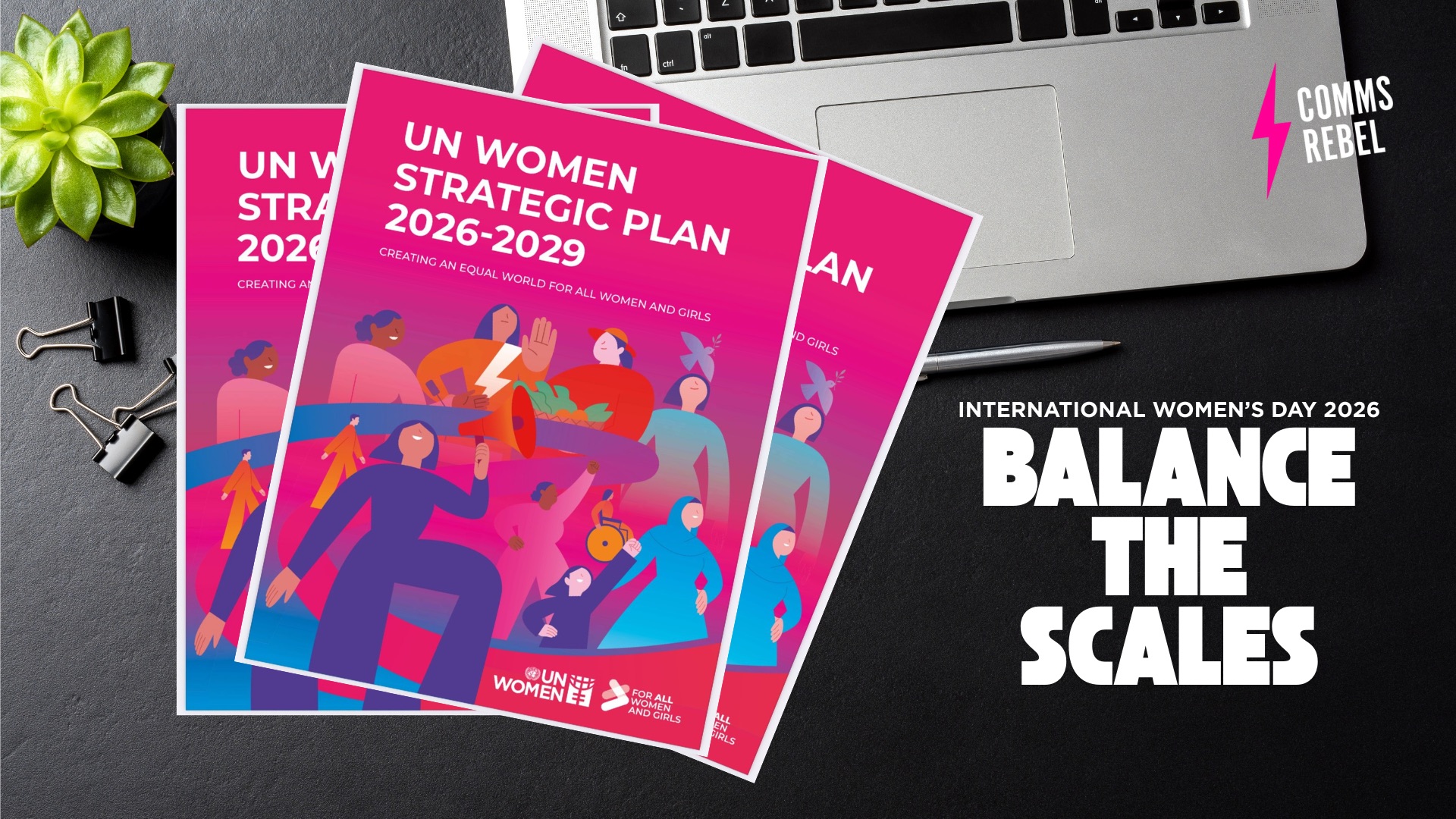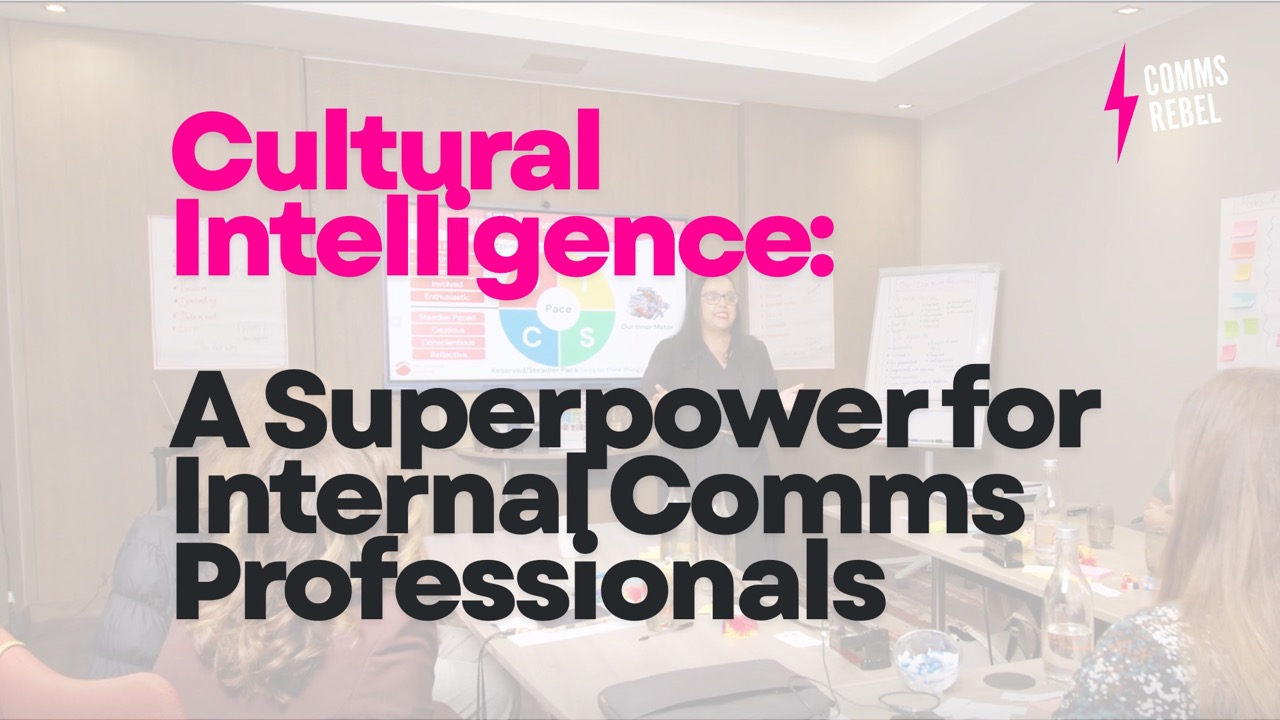On a scale of JOMO* to FOMO*, I am very firmly in the FOMO camp. In my opinion, there’s nothing worse than finding out you weren’t invited to the party!
Sometimes, what feels like exclusion is simply a communication mishap. Perhaps you assumed the right people would talk about it, maybe you misspelled the address.
When our communications are well-considered and well-planned we can avoid a multitude of unnecessary exclusions.
As communications professionals, we are constantly having to identify who is in and who is out of our messages but, are we going far enough to make sure everyone feels included?
In my previous role running employee events, there was an unusually high number of colleagues with complex dietary requirements. I’m not talking vegetarian, vegan etc, I mean refined sugar, white carb, grain, dairy, alcohol, gluten-free and that was just one person.
Employee events are designed to engage, motivate and inspire colleagues, helping them to feel valued. It was a stretch to accommodate their complex dietary requirements but it was a tangible way to demonstrate that they were included and that we valued them.
With diversity and inclusion firmly on the agenda for the PR industry moving forward, where do we need to stretch to ensure our communications plans are inclusive?
Here are five practical tips to use as a starting point when developing an inclusive communications plan:
LEARN: We only know what we know. How can you personally and/or as a team increase your awareness of the lived experiences of people who are different to you or different to the majority? Growing your understanding through listening and educating yourself will give you insight and a brilliant starting point for building an inclusive communications plan. We have to be willing to stretch ourselves to think outside of our comfort zones and not just invite our friends to the party.
Action: Is your social media feed or Netflix binge an echo chamber? Actively seek out accounts from people who look and sound different to you to open up your worldview.
LOOK: Drill down deeper into stakeholder segmentation, have you considered people with disabilities or diverse ethnic backgrounds or socioeconomic status? It’s important that we consider the unique needs of every stakeholder, write objectives that hold us to account and produce content that looks, sounds and feels representative.
Action: Run your colour codes and font sizes through this website to ensure your web and print-based content is accessible for those with neurodivergence or visual impairment.
LISTEN: Listening is the bread and butter of communication. We need to build listening into our communications plans not just for measurement purposes but to engage with colleagues on a human level. By creating opportunities to listen to our stakeholders and understand their needs, we can ensure that our plans are inclusive and have a greater impact.
Action: Create a team that represents each stakeholder group in your plan and ask for feedback at the beginning, middle and end of the process of developing and implementing your plan.
LET GO: Let go of assumptions and biases. I made the assumption at the start of this post that readers understand the acronyms *FOMO (Fear of Missing Out) and *JOMO (Joy of Missing Out). By not explaining these, I made it the reader’s responsibility to find out. This immediately excludes them from the message. It’s important to recognise that we all see and experience the world in different ways and therefore our seasoned practices, jargon or in-jokes could be isolating for others.
Action: Regularly sense check your work with your stakeholder group to discuss assumptions or biases. Simplify complex messages to break down any barriers to communication.
LEAD: Writing an inclusive communications plan may require a different approach. You may need to challenge the way things have been done before. You may need to have gentle (or sometimes fairly stern!) conversations with people around the use of language they’ve adopted over time. Lead through authenticity and be open about your own journey of diversifying your learning and listening.
Action: Review existing or previous communication plans and assess how they could be improved
As communicators we have great influence over the way messages are packaged and delivered. By learning, looking, listening, letting go and leading, we can use our influence to ensure everyone knows that they are definitely invited to the party!
Carly Cook, Associate Consultant, CommsRebel
If you’d like some support on how to cultivate an inclusive culture so colleagues can thrive in the work that they do, get in touch and let’s have a chat on how we can help you. Click here to book some time.


